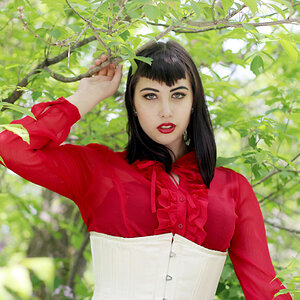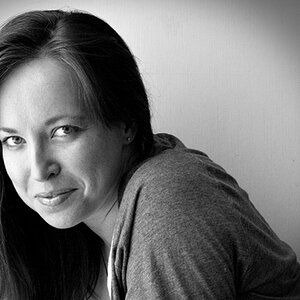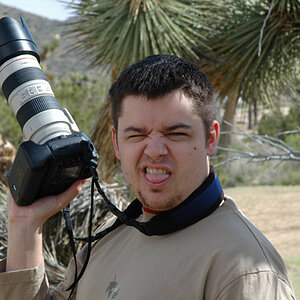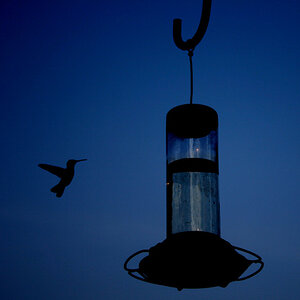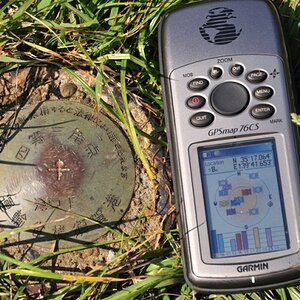DGMPhotography
Been spending a lot of time on here!
- Joined
- Mar 23, 2012
- Messages
- 3,160
- Reaction score
- 718
- Can others edit my Photos
- Photos OK to edit
Hey guys:
Below is an example of a photo I took recently, using a "creative" filter, and not.

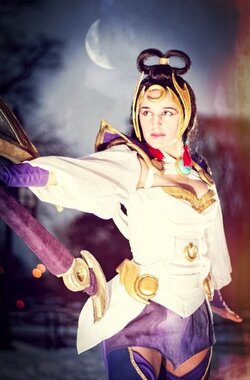
I'd always been against using Instagram filters like these (I was told it was wrong, and it's an indicator of an amateur), but from a more holistic artistic standpoint, the edited image certainly looks more interesting/engaging. My photographer friend uses a program called Perfect Photo (which has tons of these filters) to edit his images, and they look really good, e.g. Kelly - Left-handed Photography Facebook
What do you think of using filters like these? Yay, nay?
Below is an example of a photo I took recently, using a "creative" filter, and not.


I'd always been against using Instagram filters like these (I was told it was wrong, and it's an indicator of an amateur), but from a more holistic artistic standpoint, the edited image certainly looks more interesting/engaging. My photographer friend uses a program called Perfect Photo (which has tons of these filters) to edit his images, and they look really good, e.g. Kelly - Left-handed Photography Facebook
What do you think of using filters like these? Yay, nay?


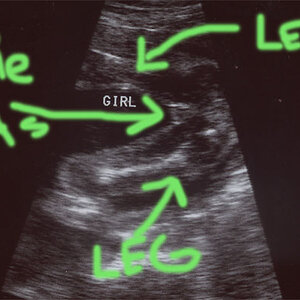
![[No title]](/data/xfmg/thumbnail/41/41795-6bc3a19e590a6be6bd169ab2acaee30d.jpg?1619739896)
![[No title]](/data/xfmg/thumbnail/42/42326-1e75ade9716f7e863d85def8d13cf591.jpg?1619740127)
![[No title]](/data/xfmg/thumbnail/41/41799-fe172a668fba7717bf773664387d64aa.jpg?1619739897)
